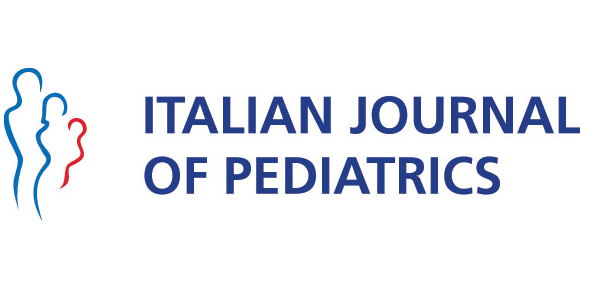Consensus communication strategies to improve doctor-patient relationship in paediatric severe asthma
Antonietta Cappuccio, on behalf of Paediatric Sound Group, Filomena Bugliaro, Silvia Maria Elena Caimmi, Valeria Caldarelli, Lucia Caminiti, Enza D’Auria, Emanuela di Palmo, Marzia Duse, Alessandro Giovanni Fiocchi, Francesco Gesualdo, Ahmad Kantar, Enrico Lombardi, Anna Lucania, Margherita Marchiani, Maria Giulia Marini, Gianluigi Marseglia, Maria Carmela Montera, Elio Massimo Novembre, Guido Pellegrini, Giorgio Piacentini, Alessandro Policreti & Francesca Santamaria
Nel mese di Marzo 2019, l’articolo “Consensus communication strategies to improve doctor-patient relationship in paediatric severe asthma” è stato pubblicato sulla rivista Italian Journal of Pediatrics.
L’articolo contiene il report della giornata di Consensus meeting che si è tenuto a Settembre 2017 a Baveno dove sono state discusse le strategie di buona comunicazione con bambini con asma grave e i loro genitori, ed è un importante risvolto dei risultati emersi dal progetto di Medicina Narrativa SOUND (‘Scrivere narraziOni di pazienti in asma grave per Una Nuova efficace Diversificazione e valorizzazione delle cure’).
Background
Asthma is a chronic inflammatory disease that is very common among youth worldwide. The burden of this illness is very high not only considering financial costs but also on emotional and social functioning. Guidelines and many researches recommend to develop a good communication between physicians and children/caregiver and their parents. Nevertheless, a previous Italian project showed some criticalities in paediatric severe asthma management. The consensus gathered together experts in paediatric asthma management, experts in narrative medicine and patient associations with the aim of identify simple recommendation to improve communication strategies.
Methods
Participants to the consensus received the results of the project and a selection of narratives two weeks before the meeting. The meeting was structured in plenary session and in three working groups discussing respectively about communication strategies with children, adolescents and parents. The task of each working group was to identify the most effective (DO) and least effective practices (DON’ T) for 5 phases of the visit: welcome, comprehension of the context, emotions management, duration and end of the visit and endurance of the relationship.
Results
Participants agreed that good relationships translate into positive outcomes and reached consensus on communication strategies to implement in the different phase of relationships.
Conclusions
The future challenges identified by the participants are the dissemination of this Consensus document and the implementation of effective communication strategies to improve the management of pediatric asthma.
Tag:sound

